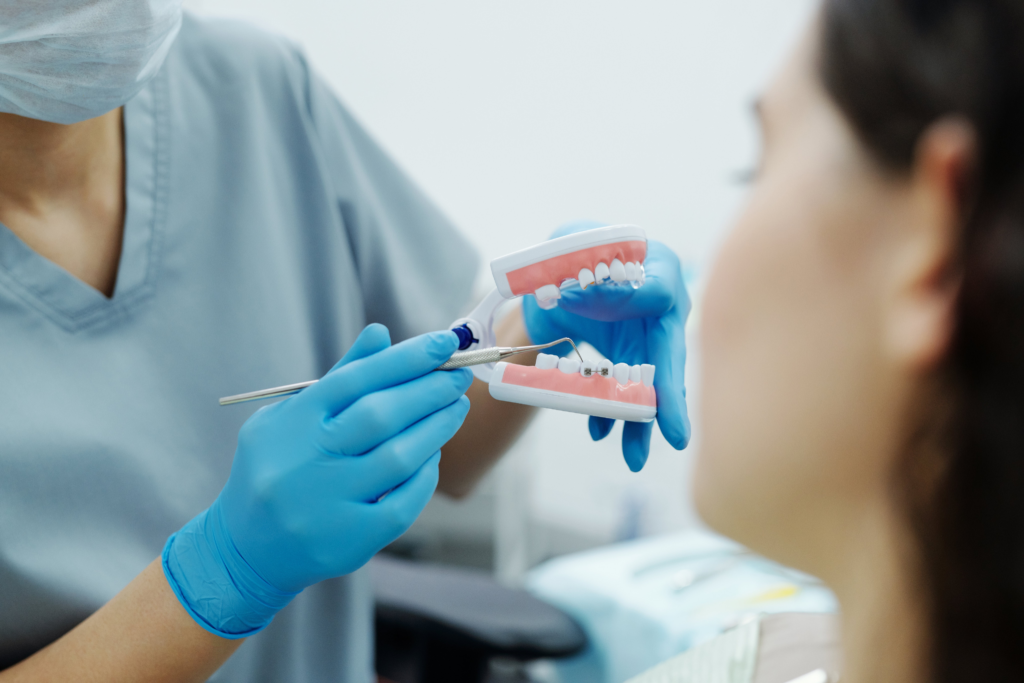As the debate around the best caries prevention strategy for high-risk children continues, a new clinical trial sheds light on whether fissure sealants or fluoride varnish is more effective.
This month, Dr. Jamal provides a concise summary of the latest research comparing these two methods to help you make more informed decisions in your practice.

Fissure sealants and fluoride varnish are commonly used to prevent cavities on the occlusal surfaces of permanent teeth, particularly in children at high risk for caries. Sealants offer a durable, protective barrier but require precise application, while fluoride varnish must be reapplied regularly, often necessitating multiple visits.
This randomised split-mouth trial sought to compare the effectiveness of these two treatments in preventing cavities in a real-world, high-risk population.
Our Summary
The pragmatic multicenter trial was conducted across three counties in Norway, involving 409 children aged 6 to 10. Each child acted as their own control, with fissure sealants applied to one first permanent molar and fluoride varnish applied to another.
The study took place over a three-year period, with fluoride varnish re-applied at 6 and 12 months. The primary measure of success was caries control, with failure defined as the presence of caries or the need for restoration.
Advance your career by studying for a world-leading postgraduate diploma
Study at the cutting-edge of dental research with curricula taught by global experts and an online schedule that suits you.
Findings
The results showed that fissure sealants had a slightly higher success rate (94.1%) compared to fluoride varnish (89.6%). However, the difference was smaller than the clinically important threshold of 10%, suggesting that both treatments offer similar levels of effectiveness.
As such, the choice between sealants and fluoride varnish may come down to practical factors like application time, ease, and patient compliance rather than significant differences in clinical outcomes.
Limitation
A limitation of this split-mouth trial is the potential for carryover effects, where treatment on one side of the mouth could influence the outcome on the other side. Additionally, the study’s pragmatic approach may have allowed clinicians to favour less severe cases, which could have influenced the overall results.
About Dr. Jamal

Dr. Jamal Giri is an orthodontist and associate professor at B.P. Koirala Institute of Health Sciences in Nepal. He obtained his orthodontic training from the Institute of Medicine, Tribhuvan University, Nepal, in 2014.
Currently pursuing a PhD at the University of Adelaide, Dr. Jamal’s research focuses on the genetic and environmental factors influencing malocclusion development. He also holds a postgraduate certificate in clinical education from the University of Edinburgh and a master’s in medical education from the University of Nottingham.Dr. Jamal teaches on the Diploma in Orthodontics and Dentofacial Orthopaedics at the London Dental Institute.
Read More
Uhlen-Strand MM, Stangvaltaite-Mouhat L, Mdala I, Volden Klepaker I, Wang NJ, Skudutyte-Rysstad R. Fissure Sealants or Fluoride Varnish? A Randomized Pragmatic Split-Mouth Trial. Journal of Dental Research. 2024 Jul;103(7):705-11.
https://doi.org/10.1177/00220345241248630
Get Our Research Round-Ups in Your Inbox
Each month, we publish bite-sized summaries of critical research to keep you updated with the latest advancements in dental science.
Subscribe below to stay ahead in your practice and enhance your knowledge with concise and informative summaries, delivered straight to your inbox.



